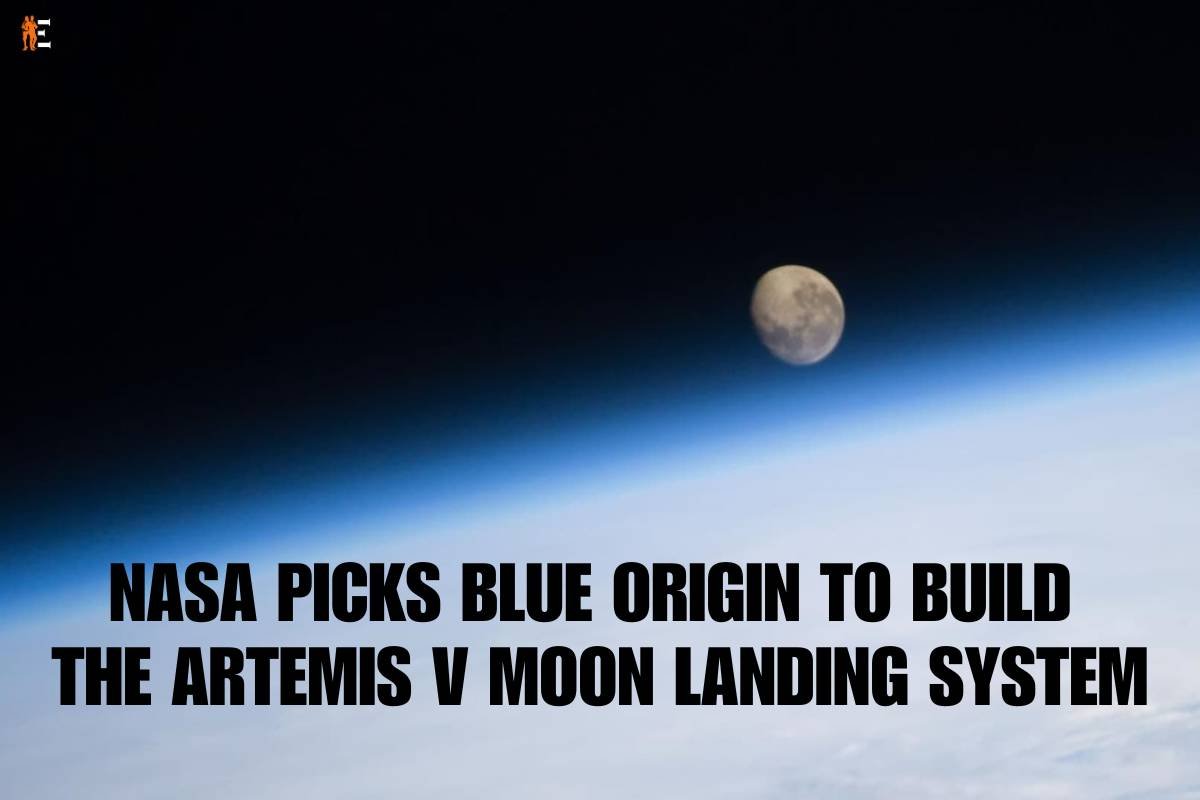The organization in charge of the third crewed Artemis Moon landing has been chosen by NASA.
Developing a Blue Moon Lander
The landing system for Artemis V, which is currently scheduled to launch in September 2029, will be constructed by Jeff Bezos’ Blue Origin. They didn’t specify the type of craft, but the business is already developing a Blue Moon lander. Among those working on the NASA project are Boeing, Lockheed Martin, and Draper. Blue Origin stated at the announcement event that it is putting “well north” of the $3.4 billion NASA award’s value on its own.
Four people will go to the Moon in an Orion capsule, and two of the crew members will use a Blue Origin lander that is attached to the Gateway space station to arrive at the lunar south pole. While the other astronauts expand and maintain the Gateway, they will spend a week performing moonwalks, operating rovers, and conducting scientific research.
Challenging the History of SpaceX
NASA has already decided to use SpaceX’s Starship for the first and second human landings (Artemis III and Artemis IV). In order to promote competition and serve as a backup, the agency declared last year that it would consider proposals for a second lander. Last December, Blue Origin submitted a bid for a new lunar contract. The business challenged SpaceX’s victory and accused NASA of neglecting safety concerns while deciding on the winner.
Blue Origin wins with this choice. It already has a NASA contract for a Mars science mission, and it has funding for its Orbital Reef space station, but it hasn’t been successful in getting a crewed lunar mission. This emphasizes NASA’s growing reliance on independently created technologies for its extraterrestrial missions, like the Artemis suits from Axiom Space. Whether you like it or not, public-private partnerships like this will for a while define American space exploration.
Also read: NASA: All Set for Another Historic Mission











